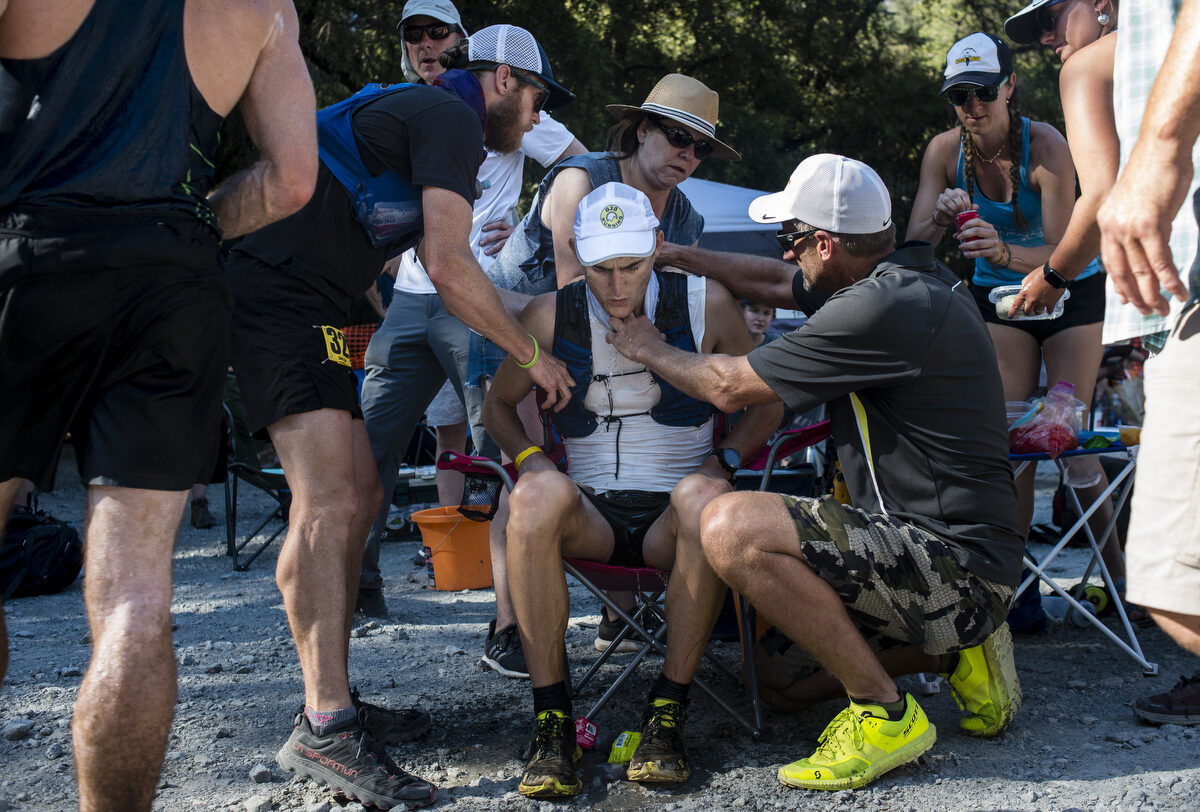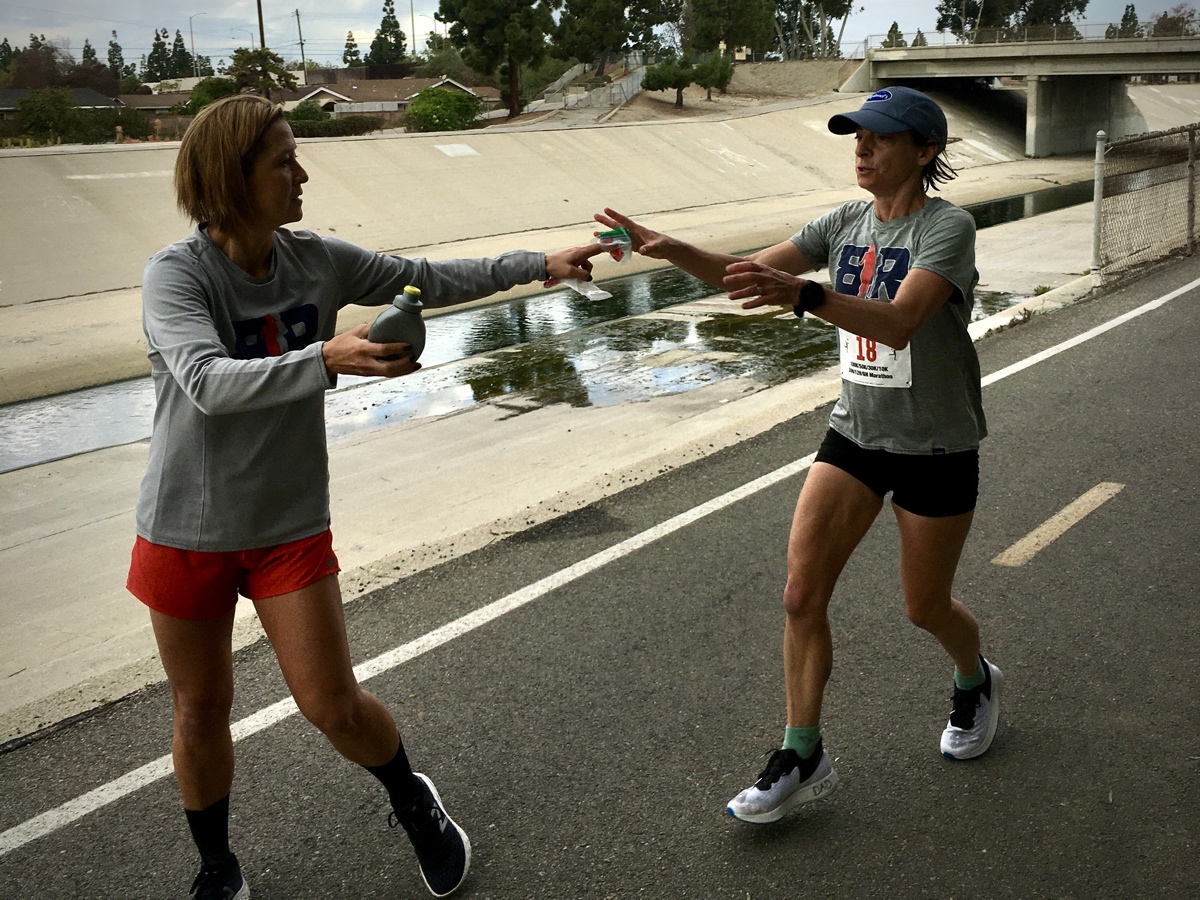 With many large-scale events coming up in the next several months, this is the time of year when I typically field questions from runners about assembling a crew for their big event. I have come to realize over the years that assembling a top-notch crew is both an art and a science. To illustrate this point most effectively, I have created a hypothetical situation to highlight the keys to assembling an all-star crew.
With many large-scale events coming up in the next several months, this is the time of year when I typically field questions from runners about assembling a crew for their big event. I have come to realize over the years that assembling a top-notch crew is both an art and a science. To illustrate this point most effectively, I have created a hypothetical situation to highlight the keys to assembling an all-star crew.
After seven unsuccessful years, Sally was finally drawn in the 2022 Western States 100 lottery and has been training hard for the big day. A hard-working mother of two, Sally is hopeful that her husband Bill and her kids can join her for the race. However, she has heard from many people how difficult it is to crew the event, and three of her closest running friends have also excitedly offered to travel out to California to help.
As much as she wants her family to share the experience with her, she also knows that if they have a miserable time, it will likely have a negative impact on her race.
The best suggestion would be for Sally to take her friends up on their offer to be her crew and to create an opportunity for her husband and kids to be part of the experience without being directly responsible for crewing duties. Once this step is complete, Sally can then think about the best way to deploy her three friends.
In her group is John, himself a veteran of multiple 100-mile races and an engineer by trade. John’s wife Cindy, a former NCAA Division I cross-country runner and kindergarten teacher, will also join the crew. And so will Elizabeth, Sally’s best friend from college, currently a stay-at-home mom with a background in social work.
The first decision Sally needs to make is who will be the crew chief. While this sounds a little NASCAR-ish, it’s important to have one person in charge who will make key decisions on the fly and to have ultimate authority should things go awry. After talking it over with all three of them, Sally concludes that Elizabeth would be the best crew chief, as she knows Sally the best and is willing and able to make tough decisions.
Next, Sally needs to put someone in charge of logistics — transportation, directions, food, and more — and the obvious choice for this is John, as his engineering background predisposes him to details.
Finally, Cindy will serve as the in-race communicator to be sure that Sally knows, at any given time, who it is she needs to communicate with directly at each aid station. While certainly, she can communicate with whomever she wants to, having a preset go-to person prevents the inevitable “20 questions” so often seen at aid stations.
While there are certainly other models for assembling an all-star crew and many people use more than three people, I have found that this three-person model with a chief, a logistics person, and a communicator works best. Then, once those roles are established, the group can begin planning to execute the perfect race.
Finally, what about Bill and the kids? Well, with the all-star crew in place, they are free to enjoy the event worry-free. Without the direct responsibility of crewing, they can be on hand for hugs and kisses, moral support, or a shoulder to cry on. In the end, the experience can be more enjoyable for all.
Bottoms up!
AJW’s Beer of the Week
 This week’s Beer of the Week comes from Fate Brewing Company in Scottsdale, Arizona. Buena Vista Blonde Ale is a dry-hopped, fruity beer with a tropical aroma and a crisp finish. Rather light at 4.5% ABV, Buena Vista is a classic day beer that goes with just about anything, especially a long day crewing in the heat!
This week’s Beer of the Week comes from Fate Brewing Company in Scottsdale, Arizona. Buena Vista Blonde Ale is a dry-hopped, fruity beer with a tropical aroma and a crisp finish. Rather light at 4.5% ABV, Buena Vista is a classic day beer that goes with just about anything, especially a long day crewing in the heat!
Call for Comments
- What tips and tricks do you have for putting together a successful crew for an important race?
- And how about some things you’ve learned through trial and error over the years of being a part of others’ ultramarathon crews?


